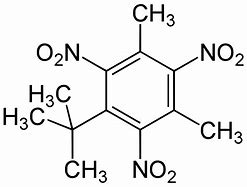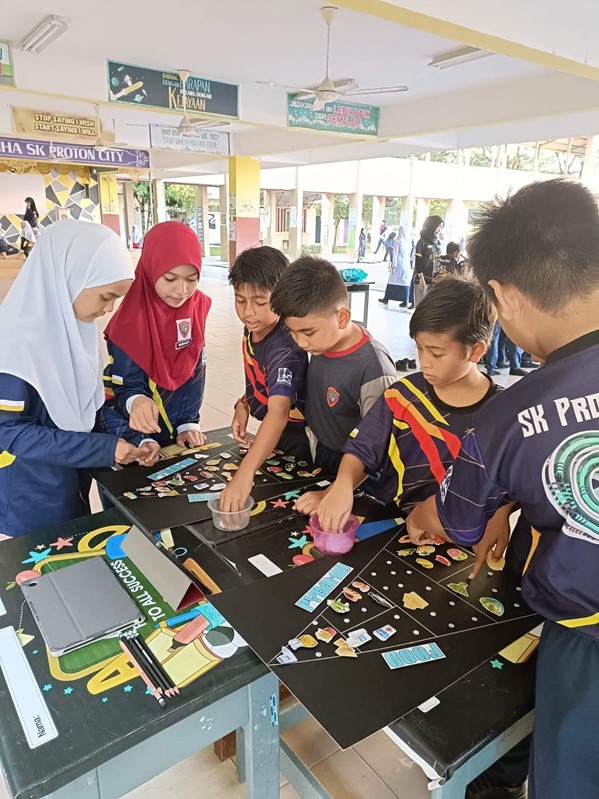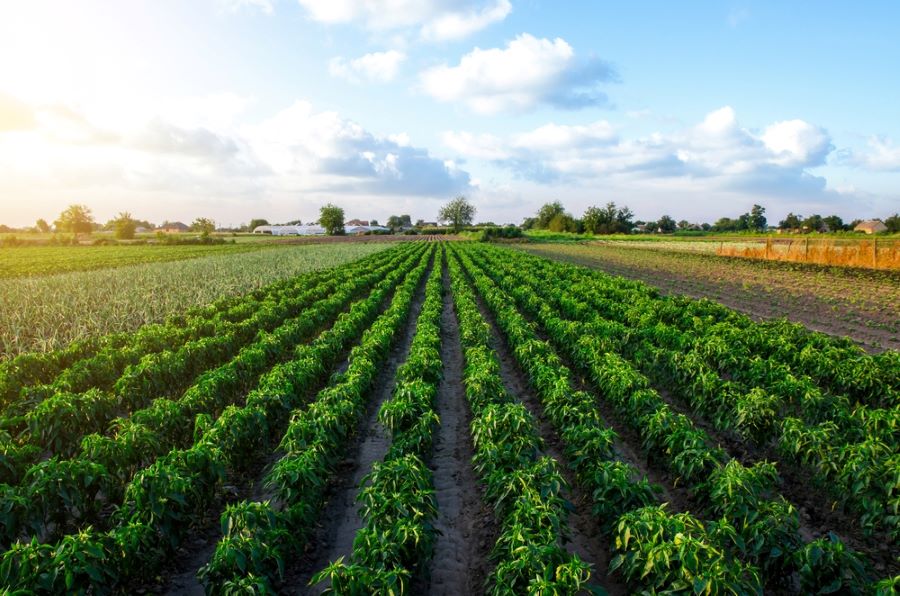“A good fragrance is a powerful cocktail of memories and emotions”, quoted Jeffrey Stepakoff, a famous American television writer. An industry that never loses its demand is the fragrance industry. Today, the industry is worth multibillion dollars, and the world’s most expensive perfume, Shumukh, which has a stunning combination of Indian agarwood, sandalwood, musk, and Turkish rose with other ingredients, costs a whopping USD1.29 million.
Perfumes are not new inventions but have evolved with humans. Although perfume was formulated using plants and flowers before oil was added during ancient times, it resembles how chemistry was studied and applied centuries ago.
The Egyptians were famous for producing perfumes. Initially, liquid perfumes used to be a mixture of oils and crushed herbs. Then, a renowned physician, Al-Shaykh al-Rais, refined and developed perfume. He was among the first to invent the distillation technique of roses and other plant fragrances. He is the first one to experiment with perfumes with roses.

Source: http://www.skymetweather.com/gallery/toplists/101-Places-in-Europe-You-Must-Visit/
During lab work, as students, we might have wondered how distillation is applied in real life. One of the major processes of perfume-making is distillation. Distillation is a technique of capturing essential oil from flowers or plants using water vapour. However, not all raw materials in perfumery can be treated with distillation. There are also other methods, such as maceration and enfleurage. Maceration is a method similar to extraction, where essential oils found in certain types of flowers are extracted to be used in fragrances. Essential oils are extracted by soaking the flowers in water, oil or a solvent. Enfleurage is a two-step process of drawing a fragrance into a fat or oil base and then extracting it with alcohol.
The main ingredients of a perfume are ethyl alcohol and essential oils. The concentration of essential oils such as agarwood, sandalwood, and cedarwood determines how long it can last on your skin. A solid perfume has 20-30% essential oil, Eau de Parfum (EDP) has 8-15%, and Eau de Toilette (EDT) has 4-8% essential oil. The remaining portion is ethyl alcohol. Descriptions such as EDP and EDT identify the oil concentration in a fragrance composition.
Down the road, we might have noticed people saying, “The perfume smells good on you,” when we are wearing a certain perfume. Why do you think perfume is made in various scent profiles, such as woody and citrusy, to suit people’s preferences?
Your body’s chemistry plays a huge role in how fragrance performs on the skin. Each individual has a different body chemistry. For instance, every person has a different body odour. Fragrance usually lasts longer on moist skin than dry skin, which is why there is summer and winter perfume. It is usually recommended to apply perfume on the pulse points because these are the locations on the body where the blood vessels are closest to the skin. The heat generated from the pulse points helps to diffuse, magnify and amplify a scent.
Another factor that determines the fragrance’s longevity is the perfume molecules. As humans are made up of cells, perfumes are made up of molecules. The size of molecules and smell are correlated because the size of molecules determines how fast they oxidise. The smaller molecules, such as light citrus aroma, oxidise quickly.
For instance, the musk molecule is complex and has many more electrons to give away before it disappears. The molecules of some synthetic musks are so large and complex that they can last days on your skin.


Usually, it will take one to two hours to see how it is performing on your skin since every fragrance has three layers, known as the Fragrance Pyramid. The layers are the top, middle, and last notes and evaporate as time passes. The rate of evaporation determines the staying power of a scent compound. The layers are called fragrance notes.
Although perfume was widely used from ancient times until the mid-19th century, only wealthy people could afford perfumes as the prices were dictated by their costly ingredients. All thanks to chemists who made perfume affordable for everyone today. Chemists found ways to formulate perfumes with cheaper ingredients, which split the market into budget and luxury products. Most importantly, they are affordable so that everyone can flaunt their perfumes today regardless of age, wealth, education and gender.

Image: https://top10perfumesformen.com/share-perfume-production-process
Find out how column distillation can be used to extract your favourite scents with our infographic.





